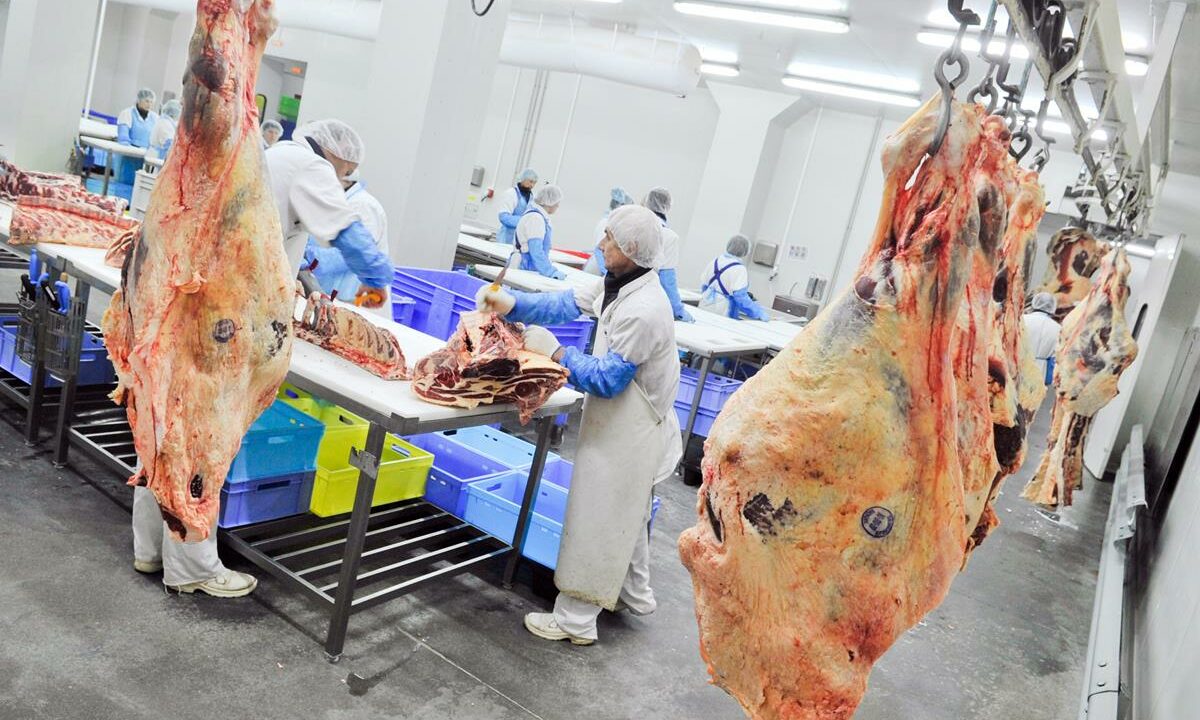Beef factories have opted to keep quotes at last week’s levels. Procurement managers had worked to drop base quotes by 15c/kg over the month of January and now that prices are sitting around the 400c/kg mark, many have decided to ‘steady the ship’.
The majority of processors are now offering base quotes of 390c/kg for steers and 400c/kg for heifers – a long way from the 405c/kg and 415c/kg on offer a few weeks ago.
However, finishers have been more stern when it came to marketing their stock in recent days and many producers with large numbers for slaughter are holding out for 395c/kg for steers and 405c/kg for heifers.
Moving on to the cow trade, the majority of processors have also held cow quotes at last week’s levels. Procurement managers are starting negotiations with farmers for O-grade and R-grade cows at 330c/kg and 350c/kg respectively. In addition, 320-325c/kg is being offered for P-grades animals. Click here for a detailed breakdown of prices
Cattle supply update
The latest data from the Department of Agriculture’s beef kill database shows that some 33,971 head of cattle were slaughtered in approved export plants during the week ending January 28 – an increase of 314 head.
Looking at individual categories, heifer numbers increased during the last week of January. Official figures show that 10,191 heifers were bought by beef factories – an increase of 260 head or 2.6% on the week before.
During the week ending January 28, some 10,860 steers were slaughtered in approved export plants – a jump of 51 head or 0.47% on the quantity witnessed during the preceding week.
However, a decrease was witnessed in both the young bull and aged bull categories – down 308 head and four head respectively.
Furthermore, the biggest increase was witnessed in the cow category. Week-on-week supplies of these animals grew by 741 head or 11.9% during the week ending January 28.
- Young bulls: 5,600 head (-308 head or -5.2%);
- Bulls: 360 head (-4 head or -1%);
- Steers: 10,860 head (+51 head or +0.47%);
- Cows: 6,960 head (+741 head or +11.9%);
- Heifers: 10,191 head (+260 head or +2.6%);
- Total: 33,917 head (+314 head or +2%).
‘100,000 head of live cattle exports needed this year’
The Irish Farmers’ Association’s (IFA’s) national livestock chairman, Angus Woods, outlined that there is real potential to increase the number of live cattle exported to Turkey this year.
“Based on positive discussions we [IFA] had with the Turkish Meat and Milk Board (ESK), it is clear that Turkey has an import requirement for 500,000 head of live cattle each year. Ireland could supply up to 100,000 head of this requirement on an annual basis,” he explained.
Woods also said the Turkish authorities recognise the high-quality of Irish livestock and praised the shipments they had received from Ireland.
Turkey wants to develop the trade with Ireland and it is very important that this is fully facilitated in every way.
He continued: “We discussed how we can increase supplies from Ireland by matching our seasonal production with the Turkish specification requirements. We also discussed various issues around weight, age and quarantine requirements.”
Woods also outlined the importance of securing full ferry access for calf exports to EU markets over the coming weeks, when the Stena ferry goes into dry dock.
“Minister Creed is responsible for market access and he has to deliver alternative full ferry access before February 20 until March 19, which is peak calf export season. With our increased cow numbers, the Minister needs to target an additional 100,000 head of live exports this year,” he concluded.
